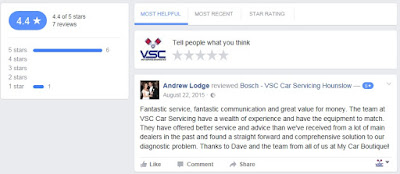Solopreneurs and Entrepreneurs are urged to periodically
launch marketing campaigns designed to promote the products and services sold
and the brand. The purpose of marketing is to drive sales and generate revenues
and profits, the life -blood of every business. In support of that suggestion,
presented here is a review of the core components of a successful marketing
campaign.
Step 1: Identify your target audience
Understand who you want your campaign to reach and
influence. List the industry categories (e.g., for-profit, not-for-profit,
social services, IT, hospitals, banking, etc.) and the job titles of your most
frequent clients and most promising prospective clients. Members of the target
market groups must have the motive and money to use your products or services.
Step 2: Know the competition






